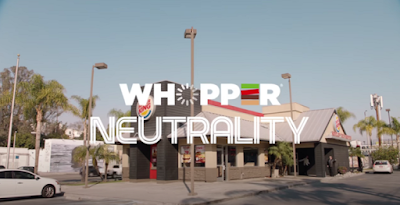Is halloween trick or treating the economy?
Before we dive into the Halloween economy, let's track back to its history
The tradition originated with the ancient Celtic festival of Samhain when people would light bonfires and wear costumes to ward off ghosts. In the eighth century, Pope Gregory III designated November 1 as a time to honour all saints. Soon, All Saints Day incorporated some of the traditions of Samhain.
Even though Halloween is just a single day, as a holiday it is nonetheless responsible for a great deal of consumer spending on everything from costumes and makeup to candy and party supplies to (of course) pumpkins.
Based on the Keynesian school of economic thought, major spending holidays can have significant and positive short-term benefits for the economy by encouraging extra purchases that might not otherwise occur. Americans spent a record $10.1 billion on Halloween, the second-biggest retail event of the year.
| Source: https://www.freepik.com/ |
It could be argued that the state of the economy affects the Halloween industry more than Halloween affects the state of the economy. Many economists believe the increase in spending around Halloween has a positive effect on the economy.
Consumer spending on Halloween candy in the United States 2017-2022. During the 2022 Halloween season, consumers in the United States spent about 3.1 billion U.S. dollars on candy. This was a slight uptick compared to 2021 and exceeds pre-pandemic levels. Sales have risen for the first time for the second year in a row.
We will pay 13.1% more this year for Halloween candy than last year, the biggest recorded jump in candy prices. Trick-or-treaters will also likely notice that the chocolate bars they get will be smaller, providing an early lesson on how consumer product companies handle inflation.
| Source: https://www.washingtonpost.com/ |
The problem of course is that the costs of raw materials have gone up. If you look at the contents of a Snickers bar from M&M Mars, ingredients like sugar, cocoa butter, peanuts, corn syrup, and packaging are scarcer and more expensive this year. Palm oil, which is used in many treats, went through gyrations when the Indonesian government temporarily halted exports. And the Ghanaian government recently increased the producer price of cocoa by 21%.
All this might be challenging to explain to the ghosts, ghouls and goblins who show up at your door on Halloween. But how candy companies respond to increased costs is instructive.
Companies don’t like to do this if they don’t have to because competitors may not follow, and consumers may shift their brand loyalties. Many people who are shopping for trick-or-treat candy are pretty price sensitive. After all, they are giving the stuff away. If M&M Mars raises prices on Snickers but Nestle doesn’t raise prices on Kit Kats, trick-or-treaters could conceivably see a shift in the mix of candy they tote home in their bags.
Pumpkins are carved, ghosts are seen, and the hour is here, happy Halloween!



Woahhh
ReplyDelete